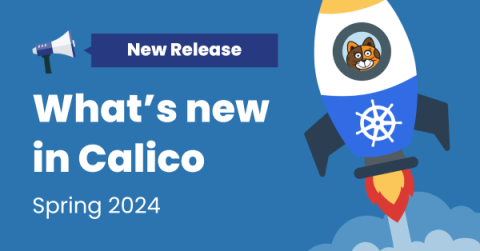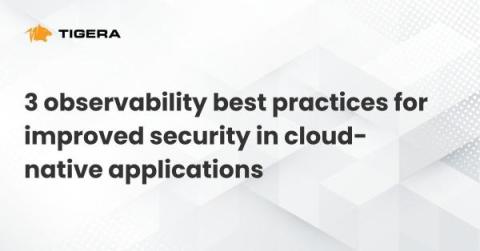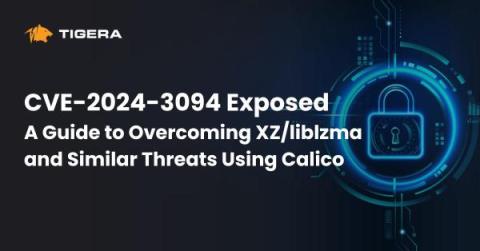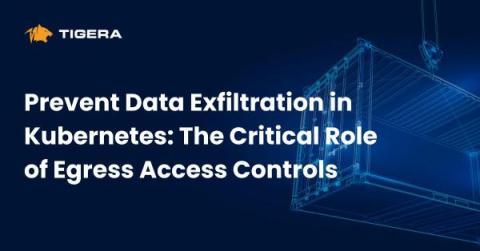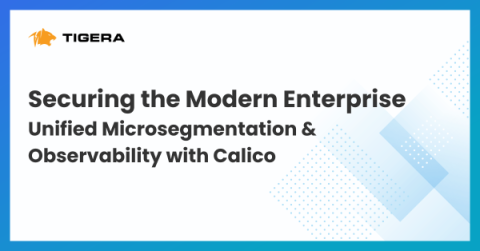Quick start guide for using Calico policies for Calico Open Source users
Calico policies are a way to enforce network security at the pod level. This blog post will provide a comprehensive overview of Calico policies for Calico OS (Open Source) users. We will cover the basics of Calico policies, including what they are, how they work, and how to use them. We will also provide best practices for using Calico policies and examples of how they can be used in real-world scenarios.





